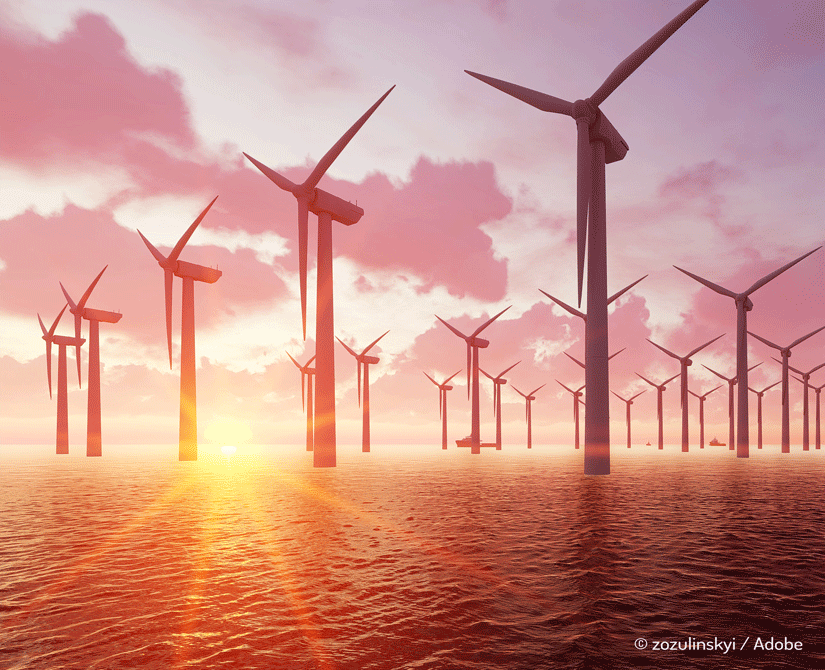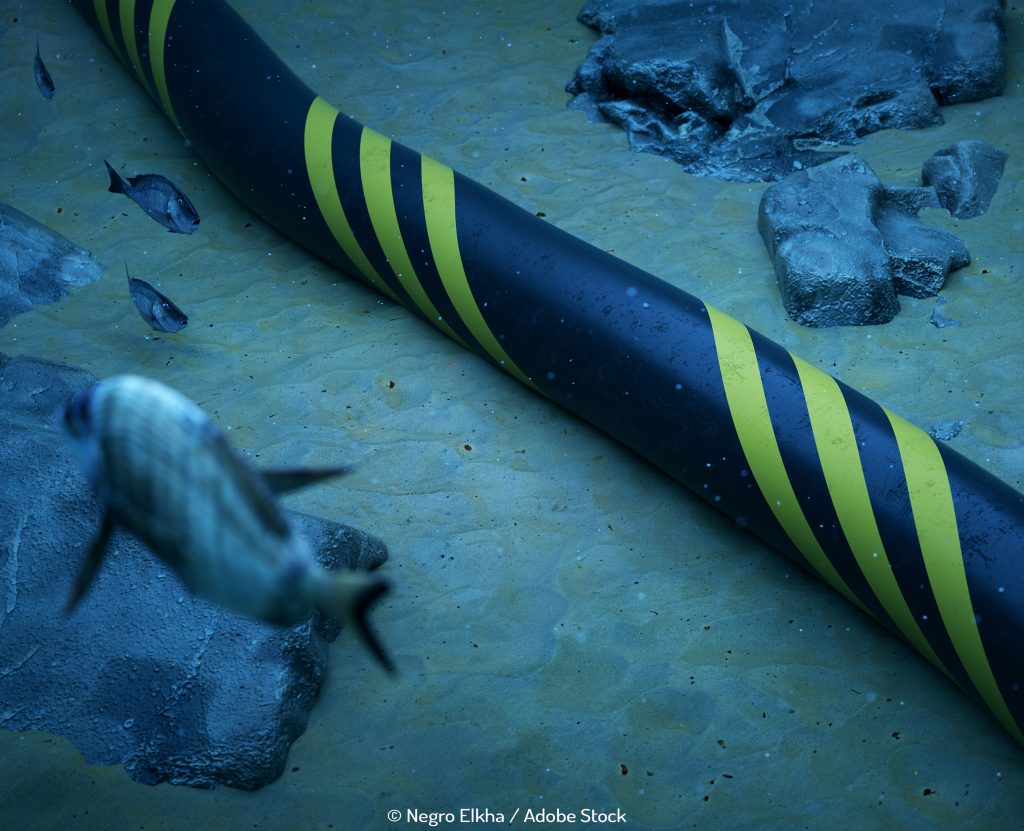
Taiwan’s Wind Industry
Taiwan is on its way to becoming one of the offshore wind industry’s most exciting players. With an ambitious target of sourcing 20% of energy from renewable sources by 2025, it’s an attractive prospect but investors were spooked when the goalposts were moved.
For years the country has powered its factories using coal, but in a bid to drastically reduce that, the government decided to spend billions of dollars on develop huge offshore wind farms.
Planning to install 5.5 GW of offshore wind farm capacity came along with an attractive Feed-in Tariff (FiT). It achieved its goal and the world’s leading companies were hooked.
But late last year the government reduced the price it would pay by nearly 13%. It impacted decisions by some such as Danish company Orsted which has since been wooed by Tokyo Electric Power Company (Tepco) as it ponders whether to proceed with the 900 MW farm planned for Changhua County. According to ft.com, Henrik Poulsen, Orsted’s CE, said: “At the end of the day, the investment needs to come at an acceptable rate of return for our shareholders.”
International pressure persuaded the government to reconsider the FiT change, and it was revised more favourably (reduced by 6% instead) earlier this year. The Taiwanese government has also signed an MOU with the UK to commit to exchanging information on policy, strategy, technology, operations and maintenance. That follows the UK government’s new offshore wind sector deal.
And by setting itself a further target set of delivering 10 – 17 GW by 2030, companies like Jan De Nul are looking forward to the future. It has actually been working in the country since 1995, with the O&G industry. But now for the first time outside Europe, it’s the offshore wind industry.
Last August it celebrated the beginning of its Changhua wind farm, worth around $800m. It includes the design, manufacturing and installation of 21 5.2 MW turbines off the coast of Fangyuan in Central Western Taiwan, as well as manufacturing equipment and other activities for five years.
A second project has been signed since – for designing, procuring and installing wind turbine foundation for the Formosa 1 OWF. By adding 20 turbines and a total capacity of 120 MW, this will make it the first commercial-scale OFW in Taiwan before 2020. “We build on our years of experience in Europe, with offshore wind projects in Belgium, England, Sweden, Denmark, Finland and Germany,” says Peter De Pooter, Manager Offshore Renewables at Jan De Nul Group. “We are happy to be part of this new turn in Taiwan’s power generation strategy.”
Taiwan is seen as a key growth opportunity for European wind companies. Compared to China’s inaccessibility, the potential with its industrial sector is significant. There remain factors on top of the FiT, such as requiring projects to use locally made equipment and having been perceived as not sticking to their promise. But joining forces with the UK government will provide a sense of greater stability and continued confidence from established players like Jan De Nul will embolden others.


